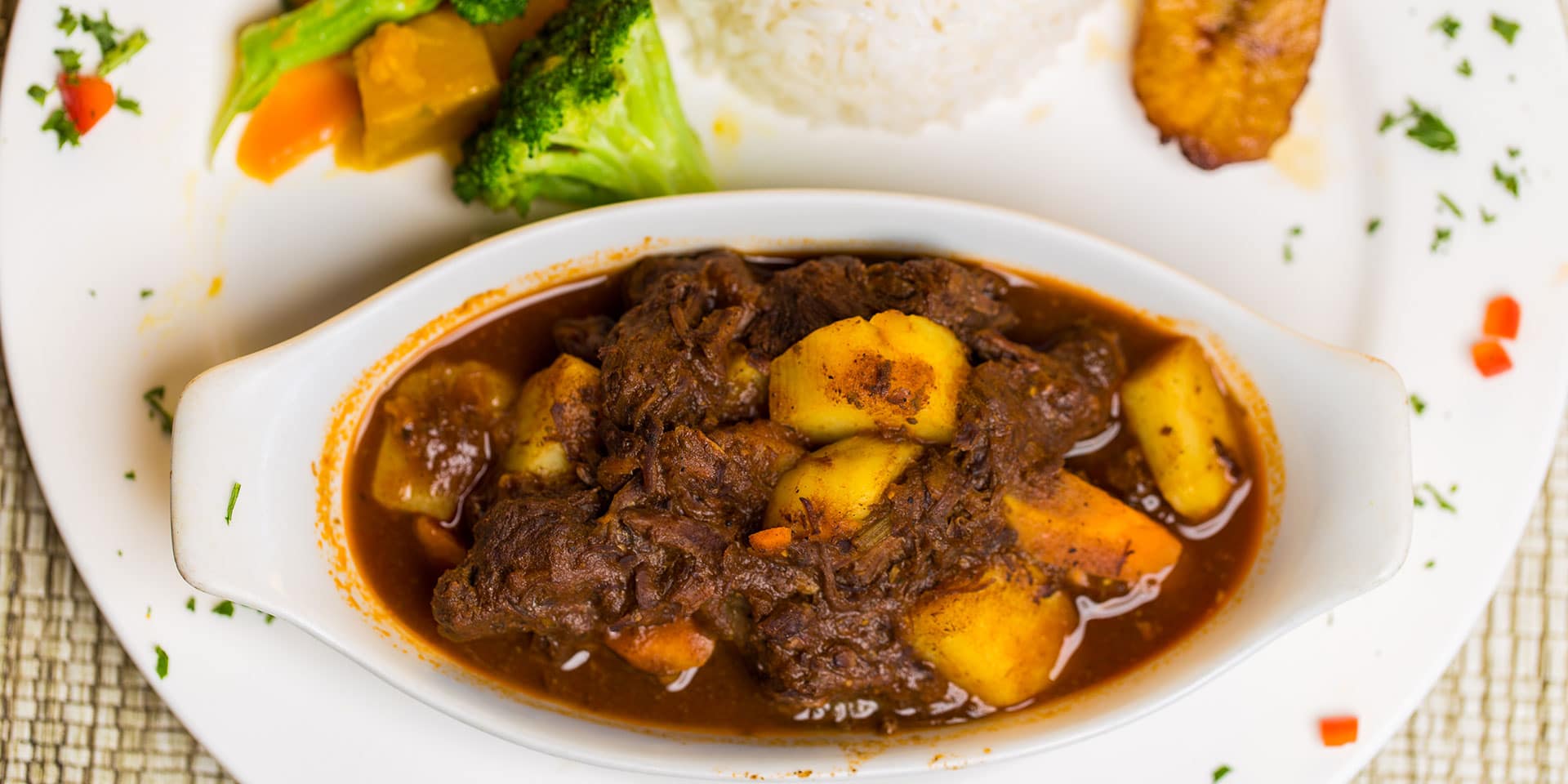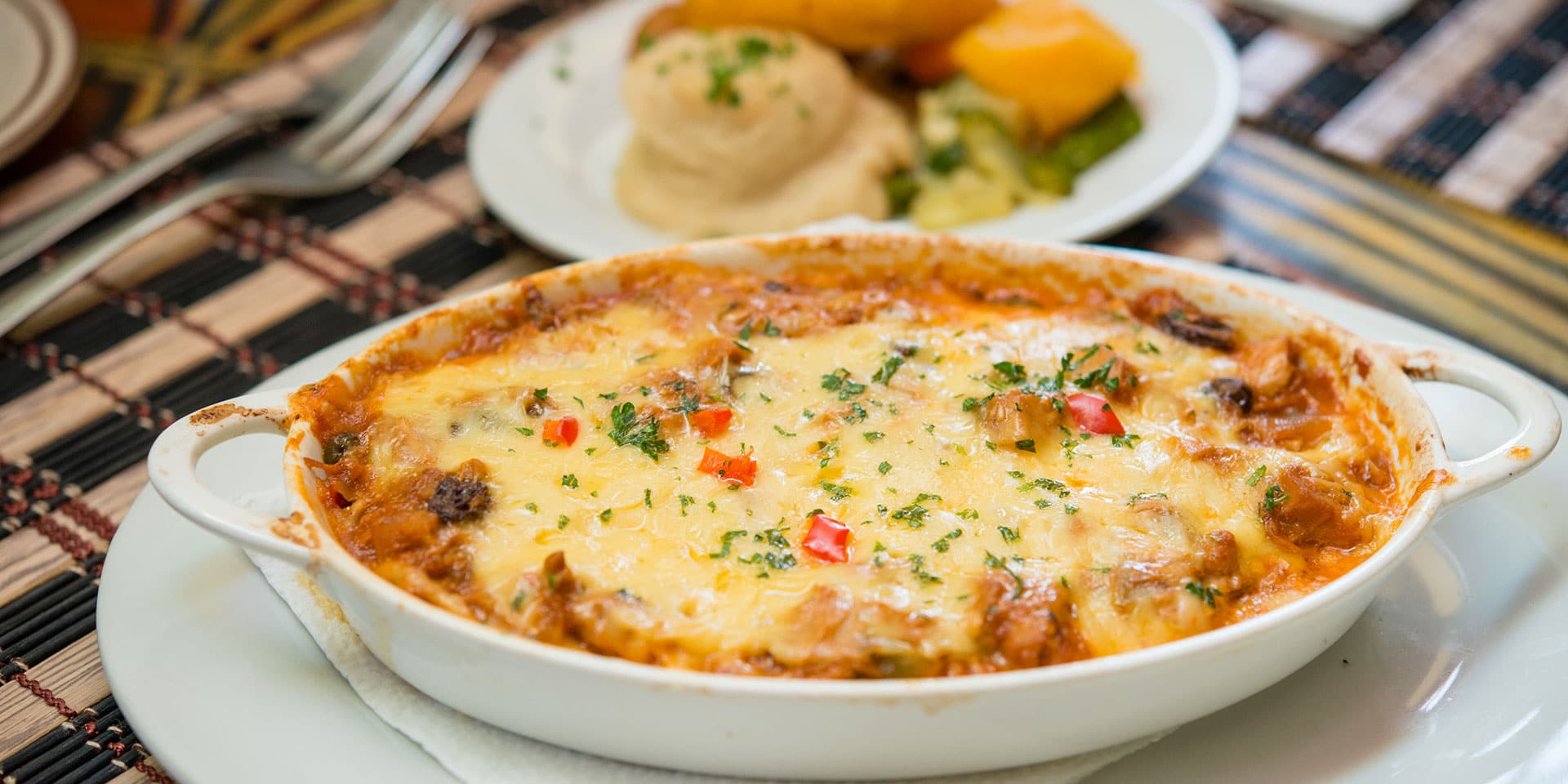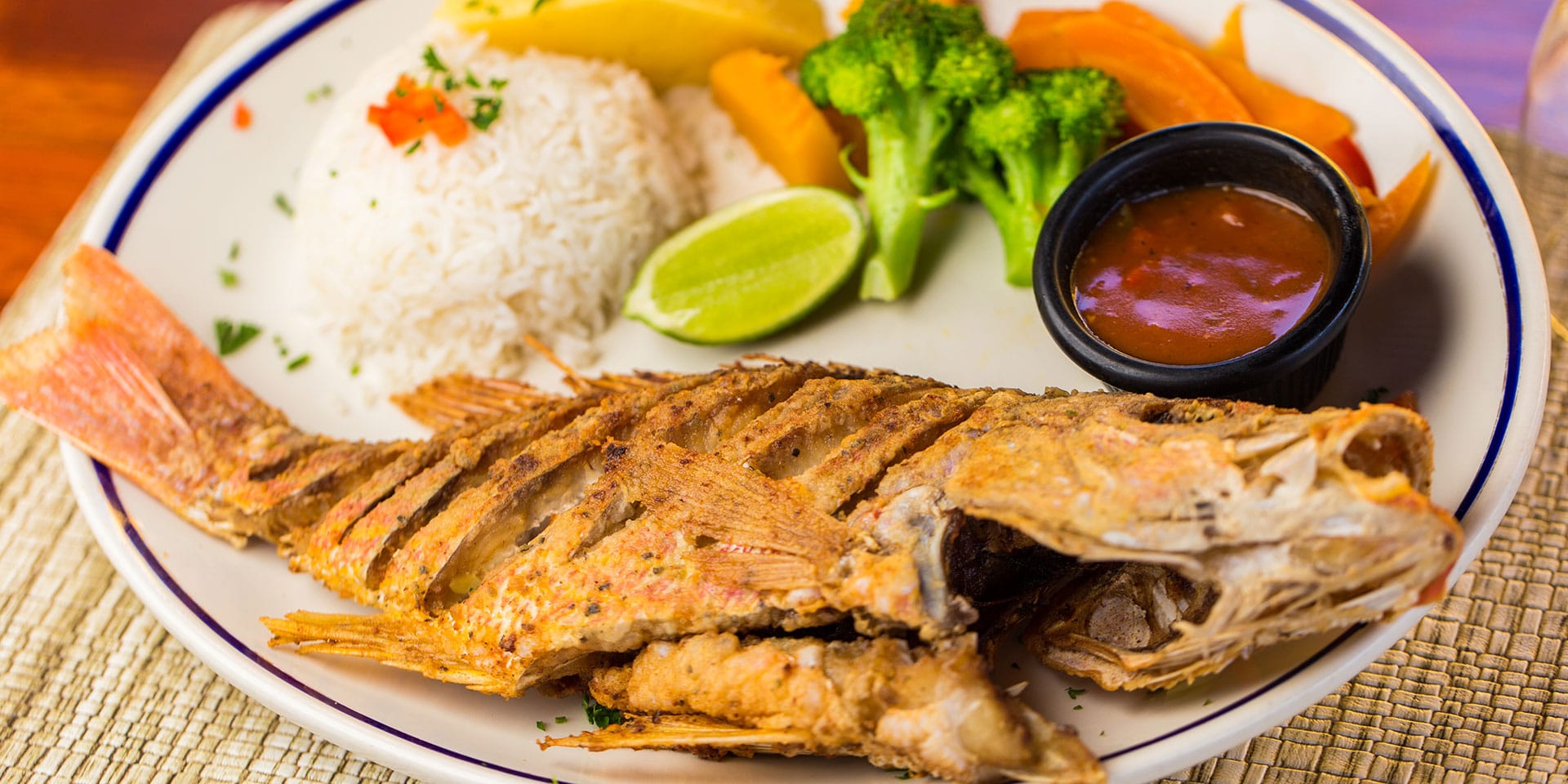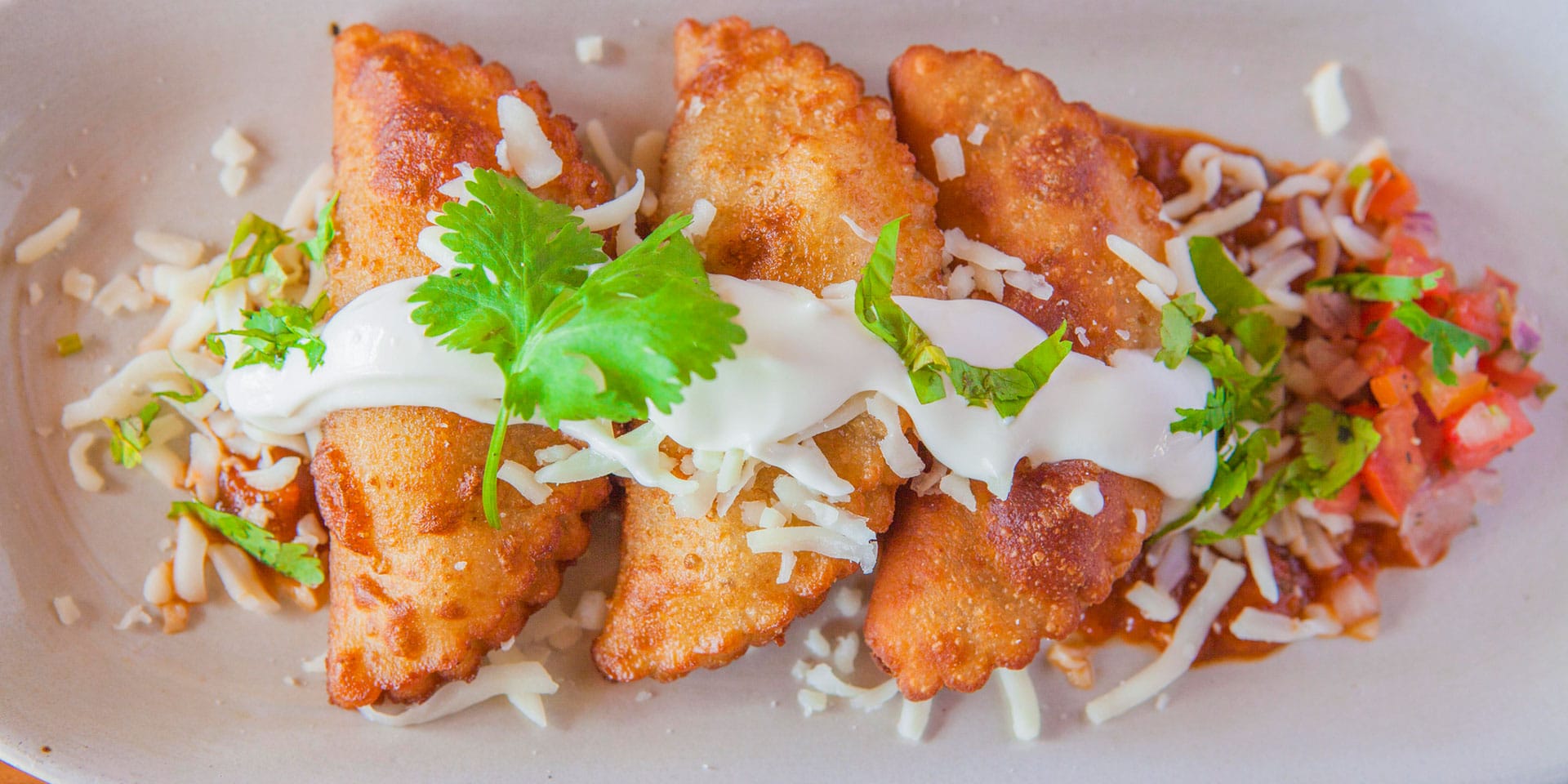Aruba is described as “the happy island,” but you it could also easily be described as “the delicious island.” The country reflects in its gastronomy the diversity and influences of some 90 nationalities that converge there.
Aruban food is mostly influenced by Amerindians, Spaniards, African slaves, Latin America in general, Holland —being an ancient colony of the Netherlands— and by Asian immigrants. The official language of Aruba is Papiamento and, like its food, it’s the product of mergers and combinations; it’s a creole language derived mostly from Spanish and mixed with Portuguese, the Arawak indigenous lexicon, and African and Dutch words.
The average Aruban dominates several languages, but this guide will help you explore the island’s native flavor in its own language and broaden your horizons so you go beyond hamburgers and pasta dishes.
As always, check for travel guidelines and closures before planning your trip.
Pastechi
These fried pies or empanadas have a wide variety of fillings, such as cheese, ham, chicken, tuna and even chop suey —thanks to Asian immigrants— and they are very popular for breakfast and as snacks. These half-moon flour dough delights are quite easily available all over the island, but it’s imperative to try the ones at The Pastechi House in downtown Oranjestad.
Stobas
Despite the warm weather, stews are very popular in Aruba and are known as stobas, a local staple. The majority consist of goat meat or beef, but there is also a conch stew that is very popular. Your waiter’s granny can probably prepare the best stoba in the region, but during your visit, you can go to the Aruba Experience Café in Oranjestad.

Frituras
The most popular snacks reflect the mix of cultures very well. The bitterballen are balls of ham inspired by the Dutch heritage and served with mustard. The cala is called the “best edible souvenir”, made with fried black beans and with a lot of flavor, and the bolita di keshi is a cheese and egg ricotta delight.
They taste better if you eat them by the ocean breeze in the company of friends at the Bugaloe Beach Bar in Noord and, of course, with a Balashi, the official Aruba beer, to wash them down.
Sopi de Mondongo
If you’ve been partying a lot, nothing better than a mondongo soup. It’s a very traditional dish consisting of gut or bone marrow —known for its nutrients and the ability to wake up the dead. Other popular soups are sopi de pisca (fish) and yambo gumbo in the Antillean style.
Keshi Yena
Known as the national dish of Aruba, this delicious casserole makes good use of leftovers by pouring them into a cheese crust and baking them. The versions in restaurants like Gasparito Restaurant in Noord are more upscale and, although the beef version is more popular, they also offer one made with seafood.

Funchi
Funchi is the laid-back cousin of polenta and is a very common side dish that goes well with every local specialty. The corn dough is cooked in the pan after vigorously stirring, but it can also be fried and even browned on the grill.
Served at every restaurant, it goes well with everything, from scrambled eggs to stobas and fish. It’s delicious with a layer of gouda cheese on top.
Pan Bati
This is another side dish that can’t be absent at the table. It’s a sweeter, spongier kind of bread that is cooked like a pancake. It is ideal to eat with soups and stews. It can also be spread with warm butter. CocoPlum Restaurant, in Oranjestad, is known for its pan bati.
Pisca Hasa
Being surrounded by water gives Aruba the advantage of always having fresh fish and shellfish. Pisca hasa is fried fish; the catch of the day is served with Creole sauce and onions, tomato and peppers, white rice, beans and funchi. For an authentic experience, visit Zeerovers Aruba in Savaneta.

Bolo Borracho
Bolos are more elaborate cakes, but this one stands out on account of the good dose of white rum added to it during preparation, and the healthy pour it gets after baking. Whipped cream, sprinkles and cherries are added. In terms of desserts, snacks and authentic bites, nobody surpasses Bright Bakery, in Piedra Plat, which opened its doors on the island in 1949.




